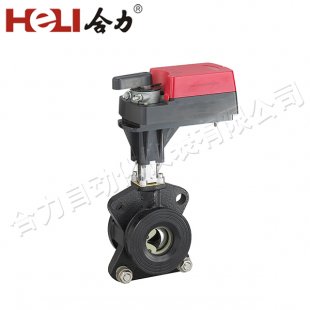
In recent years, lithium batteries have emerged as a significant technological advancement, driving innovations across various industries, including automotive, aerospace, and renewable energy. As a crucial component of these systems, the lithium battery damper actuator plays a vital role in managing energy efficiency, system stability, and overall performance. This article explores the function, applications, and benefits of lithium battery damper actuators, shedding light on their importance in modern technology.

A lithium battery damper actuator is an electromechanical device designed to control the movement of dampers in response to electrical signals, most commonly sourced from a battery management system. These actuators are integral to systems where fluid or air flow needs to be precisely regulated, such as heating, ventilation, and air conditioning (HVAC) systems, as well as in various automotive applications. By controlling the position of dampers, these actuators contribute to energy conservation, providing significant cost savings in operational expenses.
One of the primary benefits of lithium battery damper actuators is their ability to enhance energy efficiency. In HVAC systems, for instance, maintaining optimal indoor climate conditions requires balancing the flow of heated or cooled air. Traditional mechanical dampers often lead to inefficiencies and wastage of energy, as they cannot adapt to changing conditions in real time. In contrast, lithium battery damper actuators can respond dynamically to temperature changes and occupancy levels, ensuring that energy is used judiciously. This capability is especially beneficial in large buildings where fluctuating demand requires continuous adjustment of air flow.
